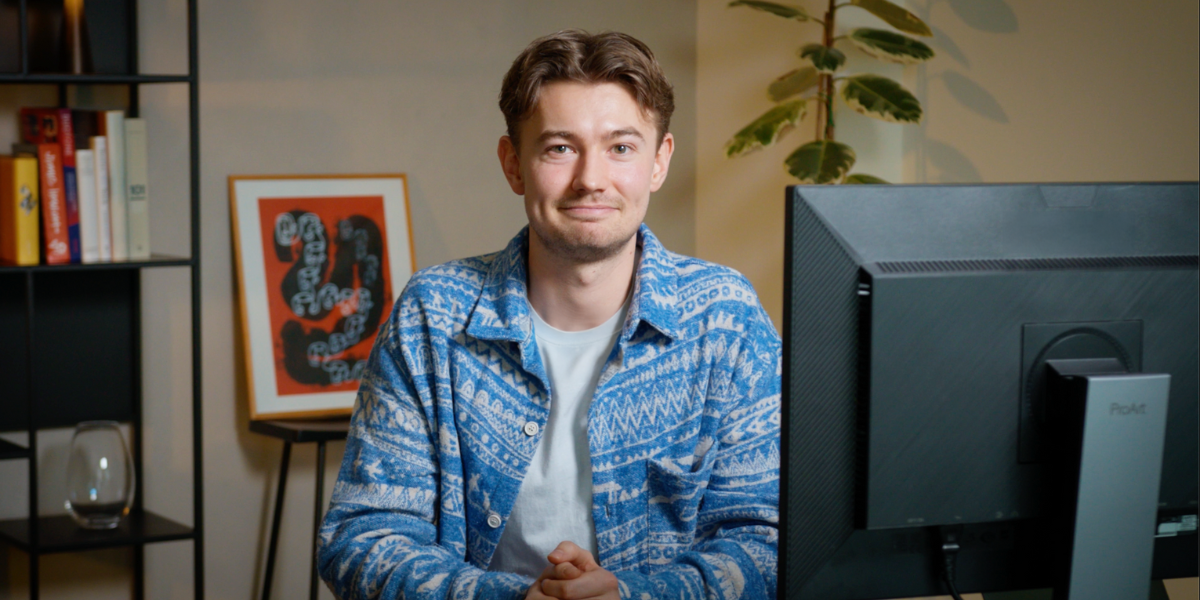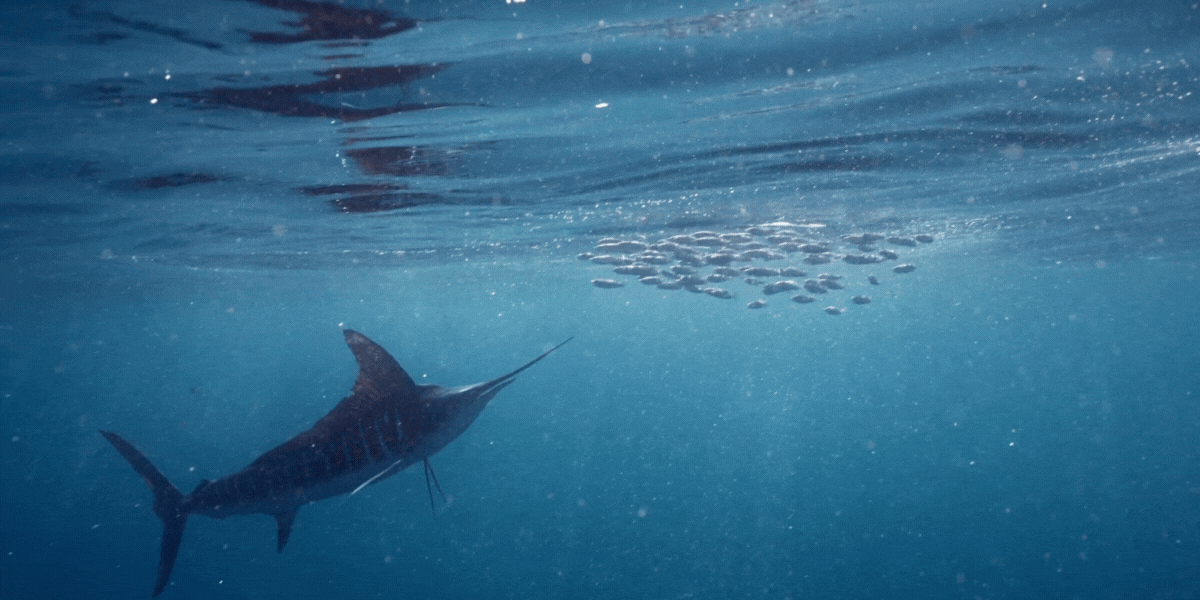Being creative on a consistent basis is one of the biggest challenges of living the life of an artist.
It's difficult to be fully present in your daily life — doing the laundry, brushing your teeth, cooking and cleaning — and also reach the most deeply creative places inside of you and create something from nothing.
After all, we can't schedule inspiration like a doctor's appointment. It's a little like trying to capture lightning in a bottle.
So how do you balance real life with the life of a creative writer? How do you continue creating when you don't feel all that creative?
Let's dig into it.
In this article, you'll learn:
- Are We Living through a Creativity Crisis?
- The Real Relationship Between Writer & Muse
- The Truth of the Writer-Hermit Stereotype
- Absorbing Art for Inspiration
- The Power of Writing Prompts
- The Role of Perfectionism in Your Writing Practice

Are We Living through a Creativity Crisis?
While it can be difficult to asses creativity, the techniques that we do have all say the same thing: creativity is suffering. In fact, there's been a steady decrease in creativity test scores since the 1990s.
There are several reasons thought to be driving the trend, but one thing is clear: It's more important than ever that we dig into how we can foster creativity in our own lives.
Don't Wait for Your Muse
Let's go ahead and debunk a major myth right now: Inspiration may strike like lightning, but that doesn't mean you should wait around for that lightning before sitting down to write.
In fact, we argue that creativity is not about waiting around for a divine spark. We think it's the exact opposite.
Busting out 500 words when your fingers are still pruned from doing the dishes? That's true creativity. It's easy to be creative when you get that revelation from on high. But the true artists are the ones who can finish their taxes and immediately start writing about dragons.
Live a Little
No, we're not being glib. There exists in the literary world a strange and pervasive myth that to be a true writer, you have to be a loner or a hermit.
Well, guess what? Not only was Wordsworth not actually a hermit, locking yourself away from the world may actually be bad for your creativity. (Seriously. Learn all about it here.)
In other words: In order to write, you have to live a little!
Absorbing Art for Inspiration
Faulkner advocated for avid reading as a foundation for writing, comparing it to a carpenter learning from a master. Stephen King stressed that reading equips writers with the tools they need to become a writer.
And we're taking it a step further to suggest feeding your brain with all different kinds of art — from books and short stories, to visual media and music — and unique experiences, as well.
Check out Julia Cameron's concept for "artist dates" to begin a fantastic practice of enchanting and romancing your own brain.
Writing Prompts
While writing prompts are often seen as tools for beginners, we're here to tell you they're valuable for writers of all levels — including seasoned professionals.
When you're trying to be creative consistently, sometimes you have to sit down and write when it's the last thing you want to do. Writing prompts offer an easy jumping off point to help overcome writer's block and good old plain procrastination.
The best part? When you're just using prompts to get going and not trying to create something polished, you'll find your creativity is unleashed like never before.
Learn how to utilize writing prompts to fuel your most difficult creative writing sessions.
Overcoming Perfectionism
First drafts are inherently imperfect. You'll hear us saying that again and again. (And not just us! Author Anne Lamott coined the famous term "shitty first draft.")
Why do we repeat this so often? Because our brains are hardwired to avoid failure and seek external validation, and the result is a creativity-limiting, progress-crushing approach to writing.
This quest for flawlessness is killing your creativity. Instead, writers must embrace a growth mindset, set realistic goals, and separate the drafting from the editing process.




























